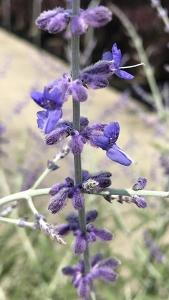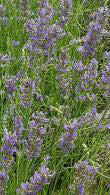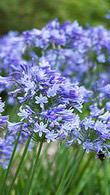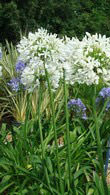Perovskia Blue Spire Russian Sage

1. Add items to basket
2. Go to the basket
3. Enter your postcode in Delivery Price Check
Pot size: 10 Litres
Plant ID: 2505 64


To give it its full name, Perovskia Atriplicifolia Blue Spire (or Russian Sage) is a deciduous perennial shrub originating from the Steppes of Central Asia. It has highly aromatic grey leaves and masses of spikes of blue flowers in late summer. It will continue to flower well into the autumn.
The Russian Sage plant is a lovely aromatic addition to the garden and it flowers at a time when many other plants have stopped. We advise planting a few together to maximise the impact of the beautiful blue spires in full bloom in the late summer and autumnal garden.
Each spring, the new growth emerges from the old wood. The greyish green leaves are on upright, silver-white stems which eventually reach over a metre tall. It is these long stems that produce the panicles of small blue flowers. If you crush the leaves between your fingers, you will get an aroma not dissimilar to sage, a genus to which Perovskia is related. In late summer, usually July or August, panicles of beautiful hazy blue spires of flowers appear.
Perovskia Blue Spire is a much taller plant than its aromatic relatives such as sage or lavender. It will get to be roughly 1.5 metres high and about 1 metre wide. Once established, Perovskia is a low-maintenance plant, requiring just a bit of pruning in spring once the leaves begin to emerge.
This plant absolutely loves a nice sunny position so do plant it in full sun. It will grow in most soils including sandy and chalky. Despite its land-locked Central Asian origins, Perovskia Blue Spire is also a good plant for windy coastal areas.
Perovskia Blue Spire will bring bees and other pollinators into your garden. It is also a recipient of the award of garden merit from the RHS.
Tip: Best to prune Perovskia Blue Spire back to the wood as soon as the first leaves begin to emerge. This will encourage healthy new growth for the season ahead.












